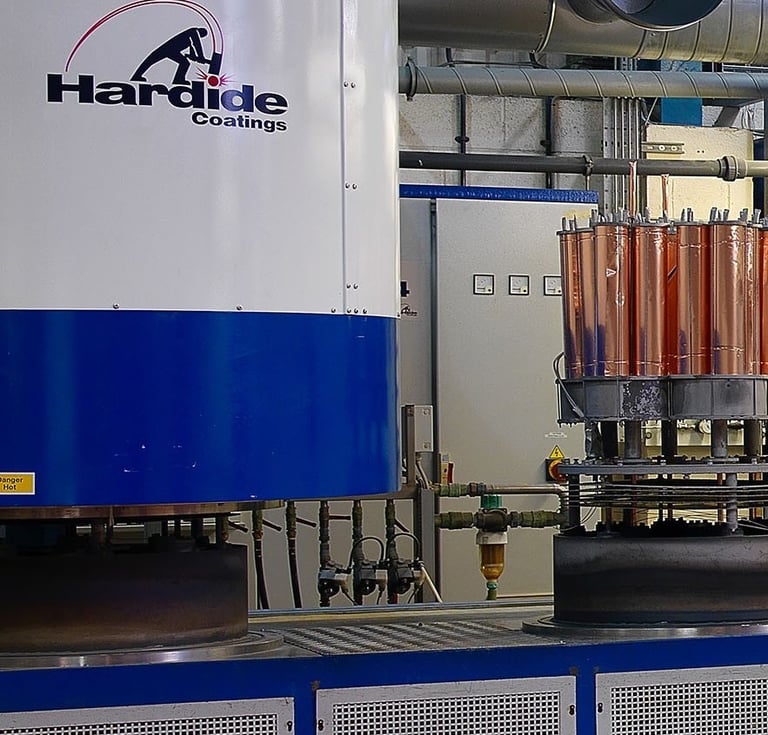Hardide plc (LON: HDD), the developer and provider of advanced surface coating technology, has announced that its Hardide-A coating has been selected for use on components for the new F-35 Lightning II Joint Strike Fighter.
Following extensive testing, Hardide-A coating has been approved for use on drag chute components for the F-35A CTOL (conventional take-off and landing) variant being manufactured by Lockheed Martin. For these specific components, Hardide-A is being used in place of HVOF (high velocity oxy-fuel) thermal spray coatings.
Hardide-A has been developed specifically to meet the needs of the aerospace industry and is an environmentally compliant and technically superior replacement for HVOF and hard chrome plating. The coating has demonstrated outstanding performance under corrosive conditions. This opens up applications in high load and corrosive conditions associated with several aircraft types.
The F-35 Lightning II is a family of single-seat, single-engine, all-weather stealth multirole fighters. The fifth-generation combat aircraft is designed to perform ground-attack and air-superiority missions. Over 455 aircraft have been built so far with the RAF and Royal Navy planning to take 138.
Philip Kirkham, Chief Executive Officer of Hardide, commented:
“Being selected for this new generation of aircraft is a great vote of confidence in Hardide and we look forward to further components being specified for Hardide coatings. This clearly demonstrates the progress that Hardide is making within the aerospace sector.”
finnCap said this morning “The company has announced it has been selected to be used to coat parts on the new F-35 Lighting II Joint Strike Fighter. This extends the group’s aerospace customer list, providing further evidence that Hardide-A coating is a replacement for hard chrome plating and HVOF thermal spray coatings. The announcement follows the recent granting of UK patent approval for Hardide coating of blades and vanes used in steam and gas turbines for power generation. Together they provide clear evidence of commercial traction and technology momentum and strengthen the investment case.”







































